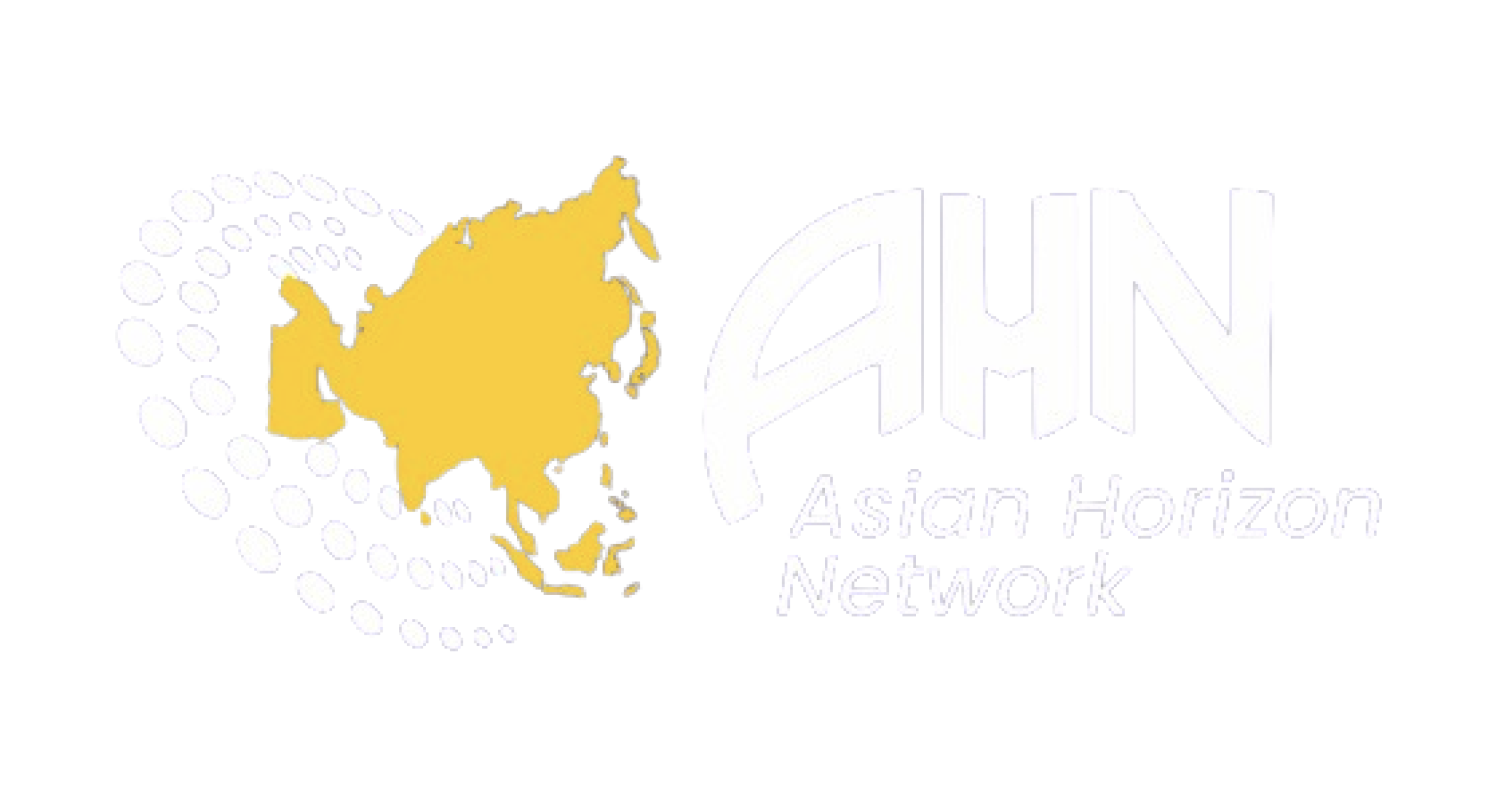Military
Redefining the Norm: How the Air Force Is Updating Hair Standards
Published On Fri, 27 Dec 2024
Vikram Chatterjee
0 Views
The journey of updating hair standards for women in the Air Force reflects the complexities of institutional and social change. While the Department of the Air Force (DAF) Instruction 36-2903 was updated three years ago to incorporate visual aids for better understanding and implementation, debates around women’s hair standards persist. Despite clear policy changes, the subject remains contentious in conversations among airmen, command town halls, and senior leader discussions. The root causes of this prolonged debate lie in the challenges of institutional transformation and the enduring influence of social norms.
Institutional change within large bureaucratic systems like the Air Force is inherently challenging. Such organizations are built on deeply embedded norms and rigid structures that shape individual behavior. Changing these norms, even with a clear policy directive, is a slow process. Research indicates that most organizational change programs fail due to resistance to change and the complexity of implementation. The Air Force’s hair policy update, while a necessary and progressive move, is no exception. Transforming decades-old standards requires more than instructional updates; it demands sustained efforts to reshape behaviors and attitudes within the system.
The second significant challenge stems from altering social norms. Updating bureaucratic policies is one thing, but achieving group buy-in is another matter entirely. Social norms dictate what is considered acceptable within a group, and changes to these norms can lead to friction. Women in the Air Force, being a minority, face unique challenges in this regard. Many senior female leaders, who often do not maintain long hair, unintentionally limit the availability of role models for the updated standards. Additionally, the visible nature of the changes to women’s hair standards can create division within the ranks, as those unaffected may feel excluded or resentful. These factors contribute to ongoing resistance and increased scrutiny of servicewomen who adopt the new standards.
Historical biases and societal expectations exacerbate these challenges. For decades, servicewomen have faced harsher judgment for their appearance compared to their male counterparts. The updated hair policy not only addressed systemic medical concerns and operational needs but also disrupted entrenched image expectations for women in uniform. As a result, visible changes to hair standards have exposed servicewomen to heightened criticism, especially when deviations from the standard occur.
To overcome these obstacles, it is essential to reaffirm the purpose of military standards: fostering interoperability and innovation. Shared standards in dress and appearance create a unified identity among airmen, while inclusive updates enhance operational readiness and reflect the innovative nature of institutional growth. Leaders at all levels must play a crucial role in reinforcing these standards. Commanders should lead by example, ensuring accountability while fostering a culture of respect. Senior leaders must consistently communicate the rationale behind inclusive policies, emphasizing that allowing service members to bring their authentic selves to work enhances their ability to serve effectively.
Ultimately, the Air Force’s commitment to refining and modernizing outdated policies demonstrates its dedication to readiness, inclusion, and mission effectiveness. By embracing the updated hair standards and addressing the resistance they face, the Air Force not only empowers its service members to be their best selves but also sets a precedent for progressive institutional change in the military.
Disclaimer:This image is taken from U.S. Air Force.



